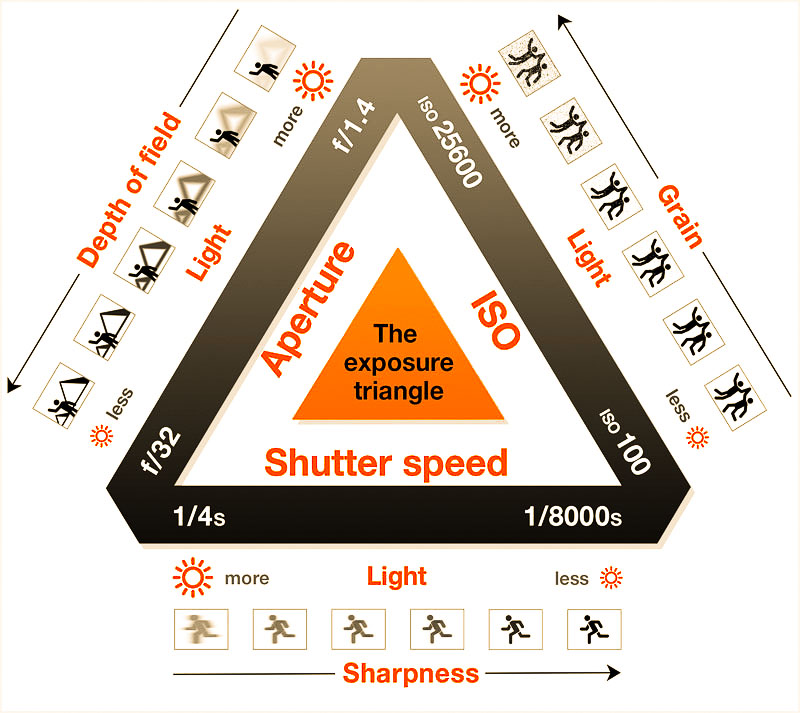A photo must not be excessively dark (underexposed) or excessively light (overexposed) but must just have a correct Exposure
The Basics of Photography
Whether you’ve got as new or old camera, digital or analog, the basic principles of photography are the same. A photo must not be excessively dark (underexposed) or excessively light (overexposed) but must have a correct EXPOSURE in photography. Everybody start from zero with no knowledge or experience in this field. Like me some years ago when i took my first film camera without know about basics. So if you are facing this adventure called photography right from the start, there are basic concepts from which you cannot undo yourself. I write down some basics elements that I think are like guidelines of travel photography for beginners.
Exposure
Exposure refers to the amount of light that enters the camera and hits the digital sensor. Basically, it is a measure of how dark or bright a photograph is. Three elements determine a photo’s exposure a shutter speed along with aperture and Sensibility of Light (Called ASA or ISO speed). If the image is too bright, it is overexposed. Too much light has been allowed to hit the sensor. If it is too dark, it is underexposed. Not enough light has been allowed to hit the sensor. Exposure is measured in ‘stops’.
To resume the parameters that determine the exposure of an image in a camera are only three, combined with each other:
Shutter speed
Aperture
the ISO sensitivity of the light
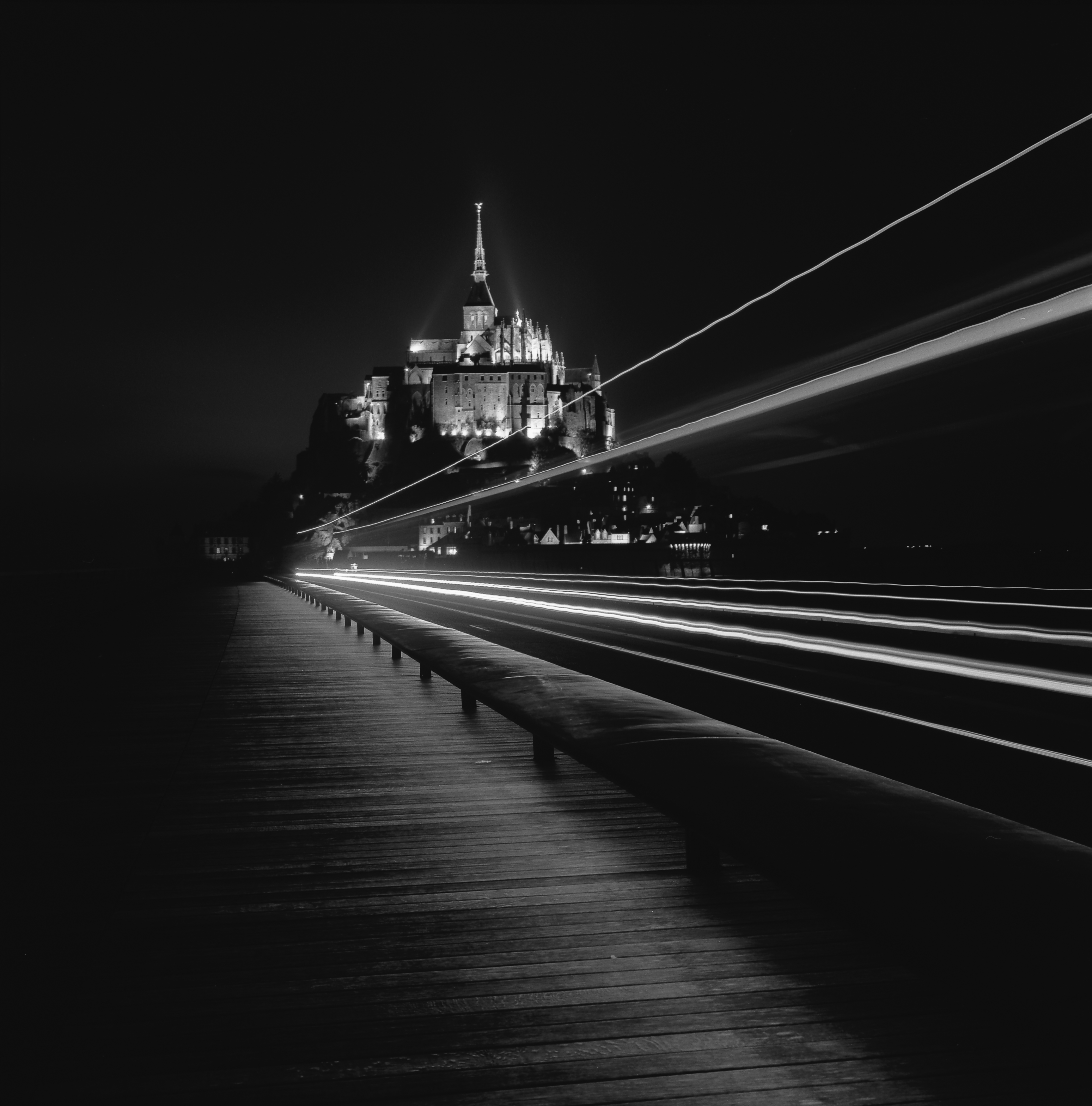
Photography Workshop Brittany
Brittany & Normandy for Every Level Photography
Take a Look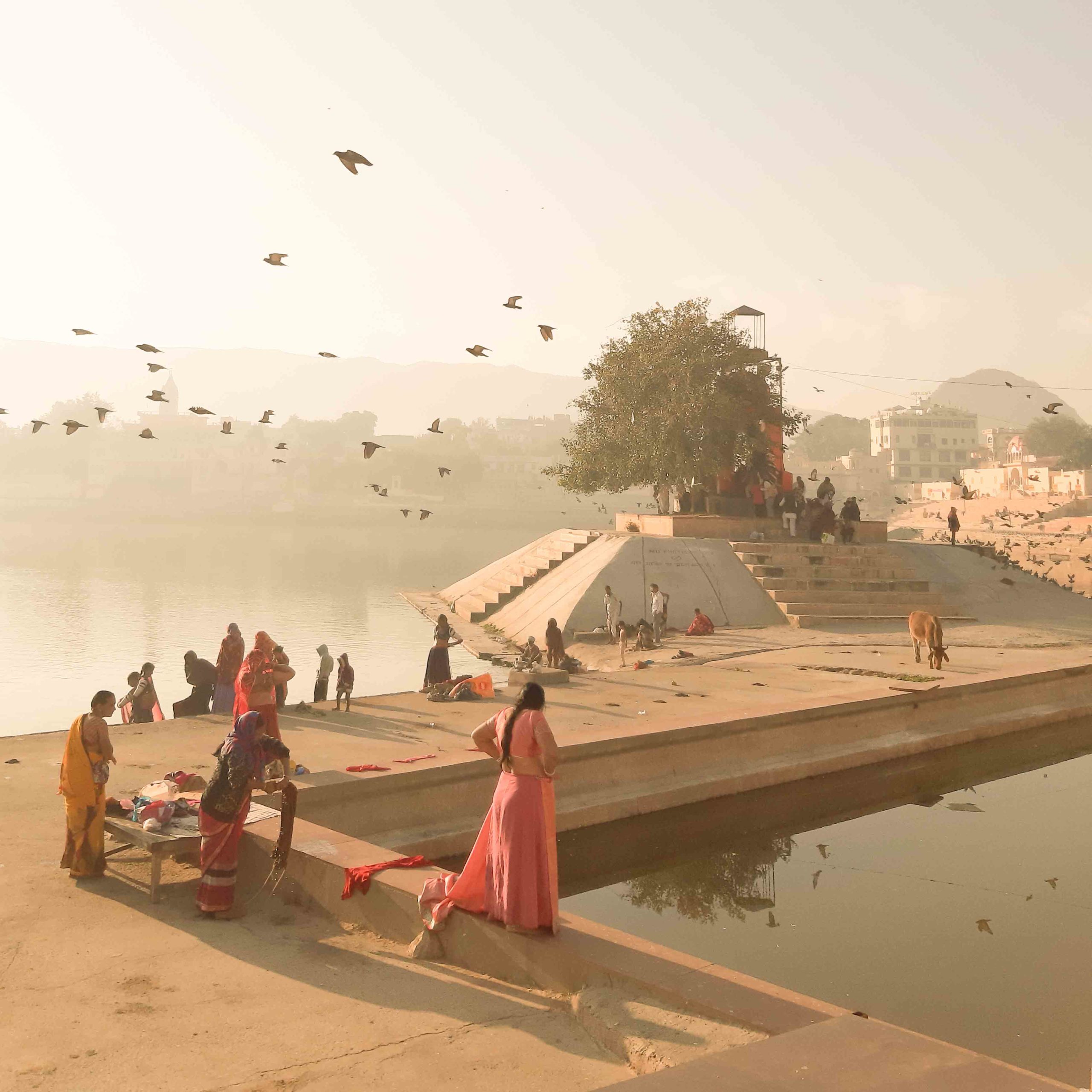
Camel Fair Festival India
Photo Tour Camel Fair Pushkar for Every Level Photography
Take a Look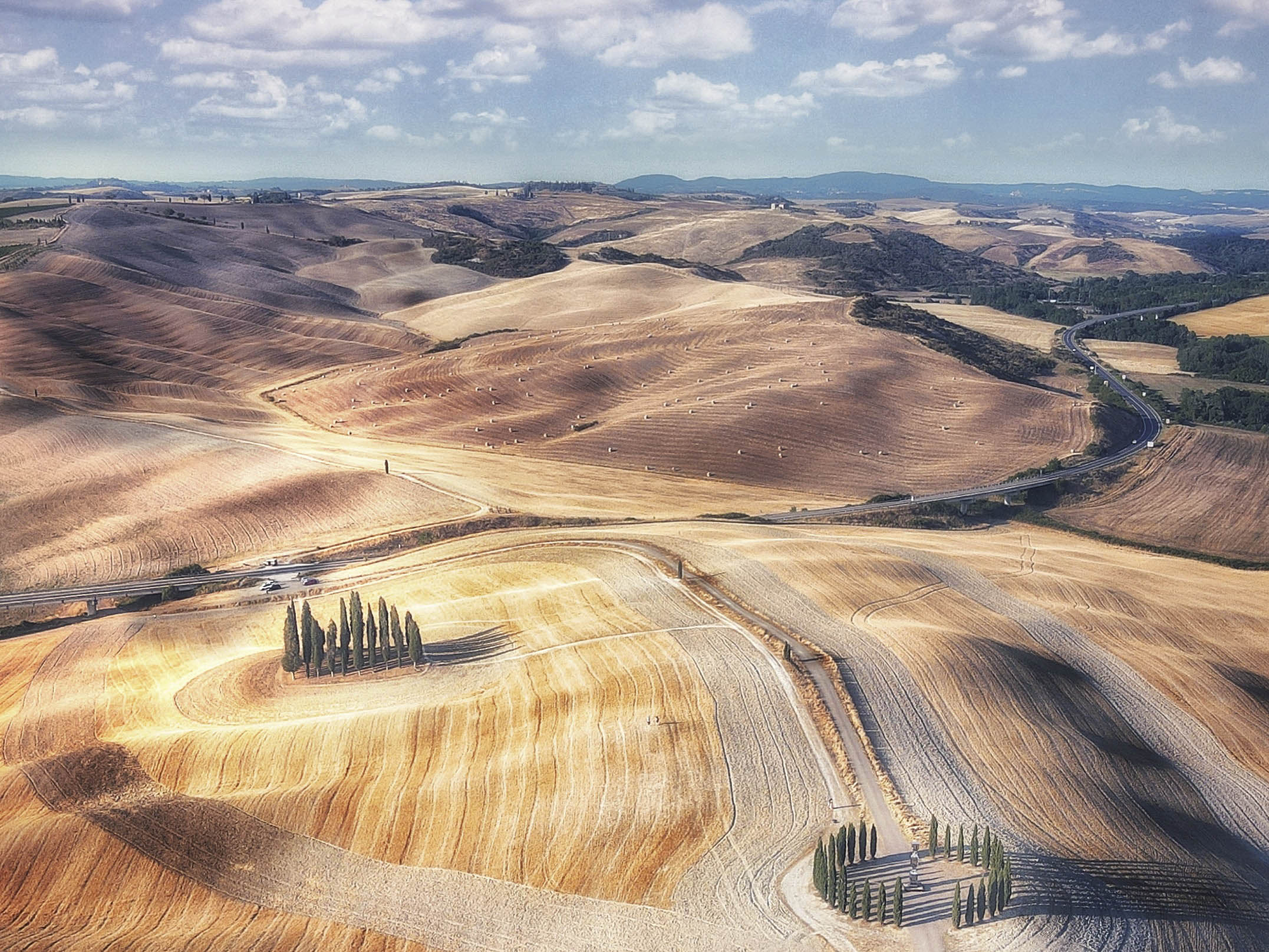
Photography Workshop Tuscany, Spring -Summer
Different Tuscany Workshop Itineraries for every level of Photographer
Take a Look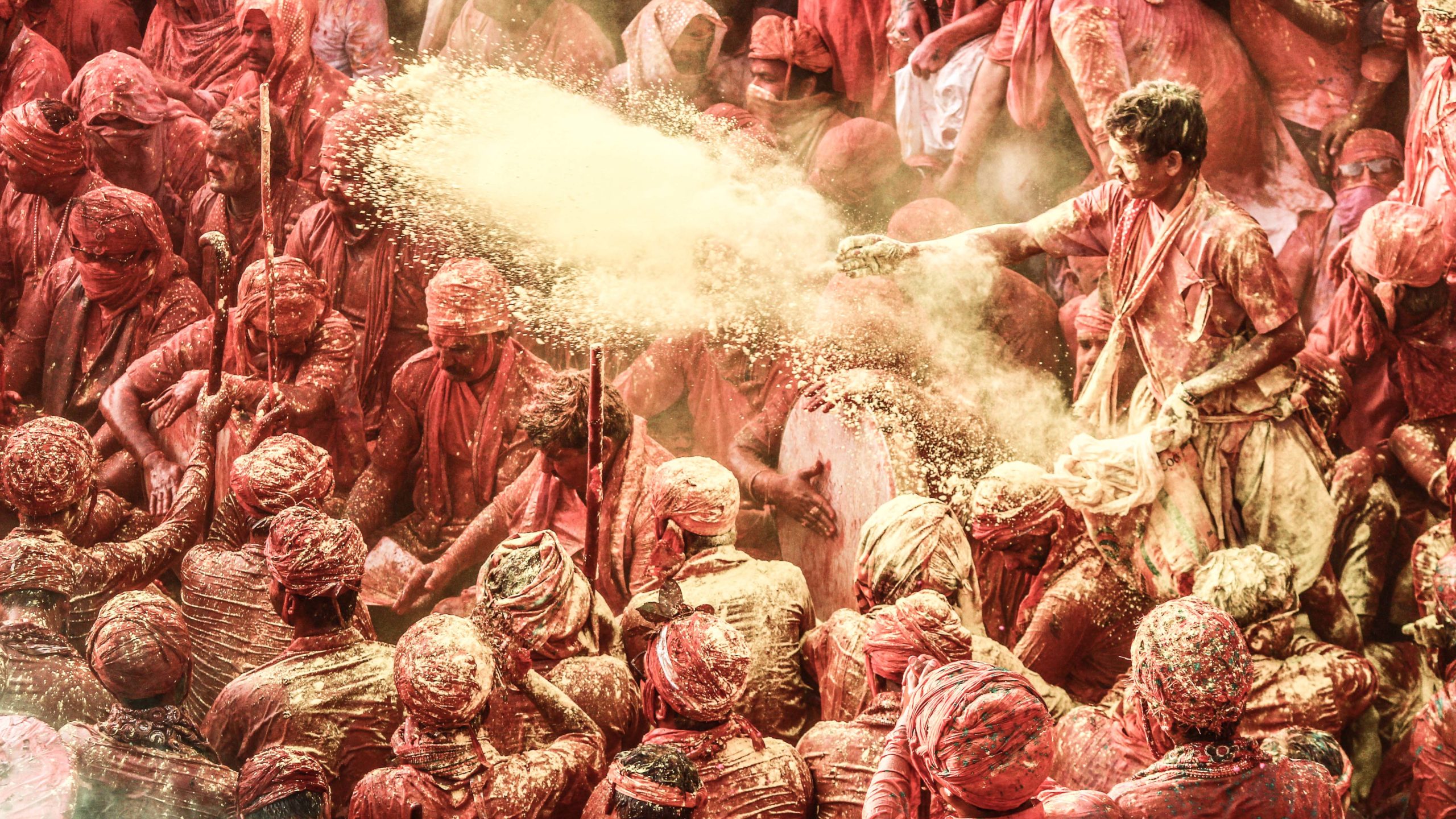
Photography Workshop India
India for every level of Photographer
Take a Look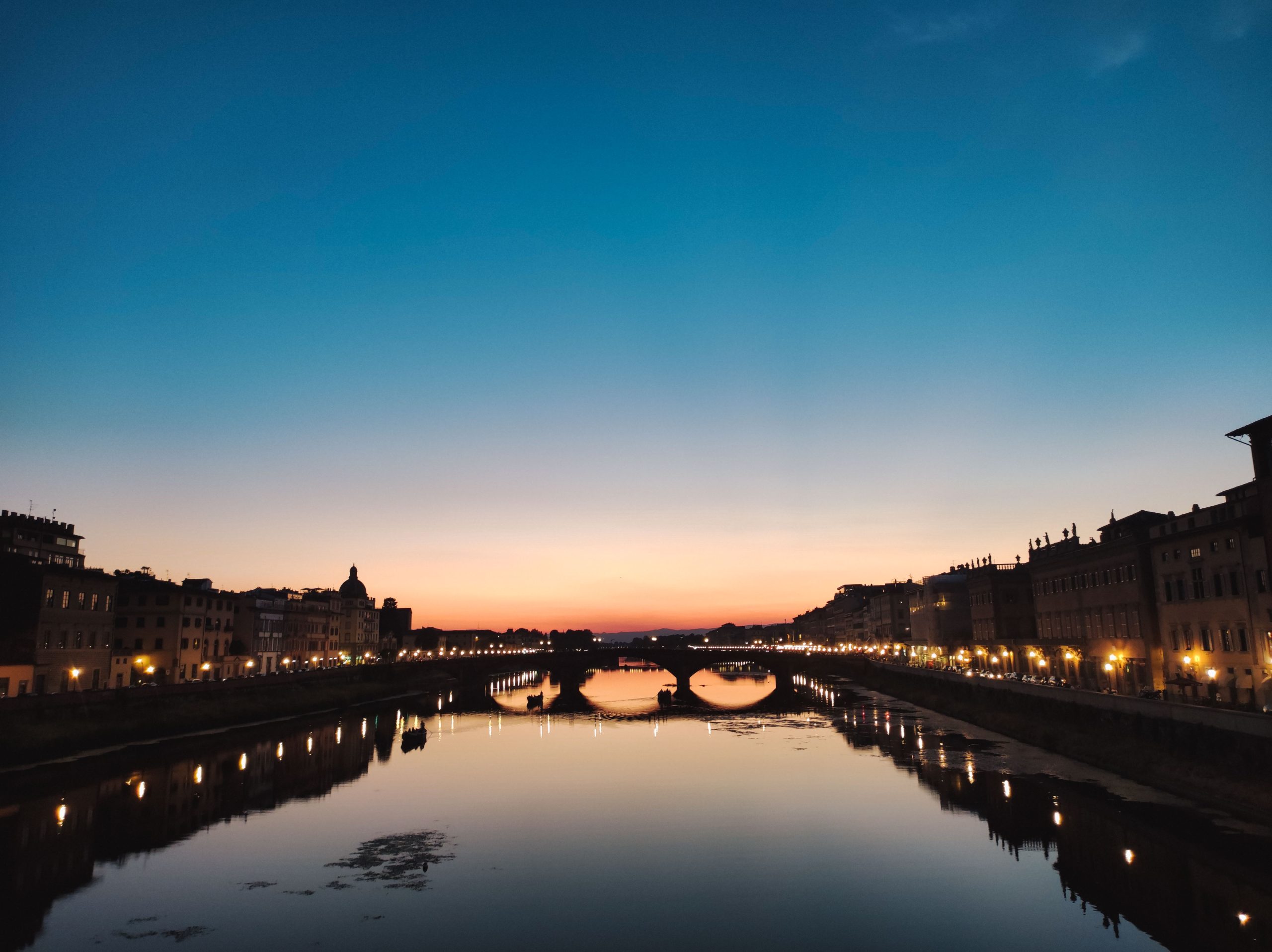
Photo Tour Florence on Request
Photo Tour Florence Available
Take a Look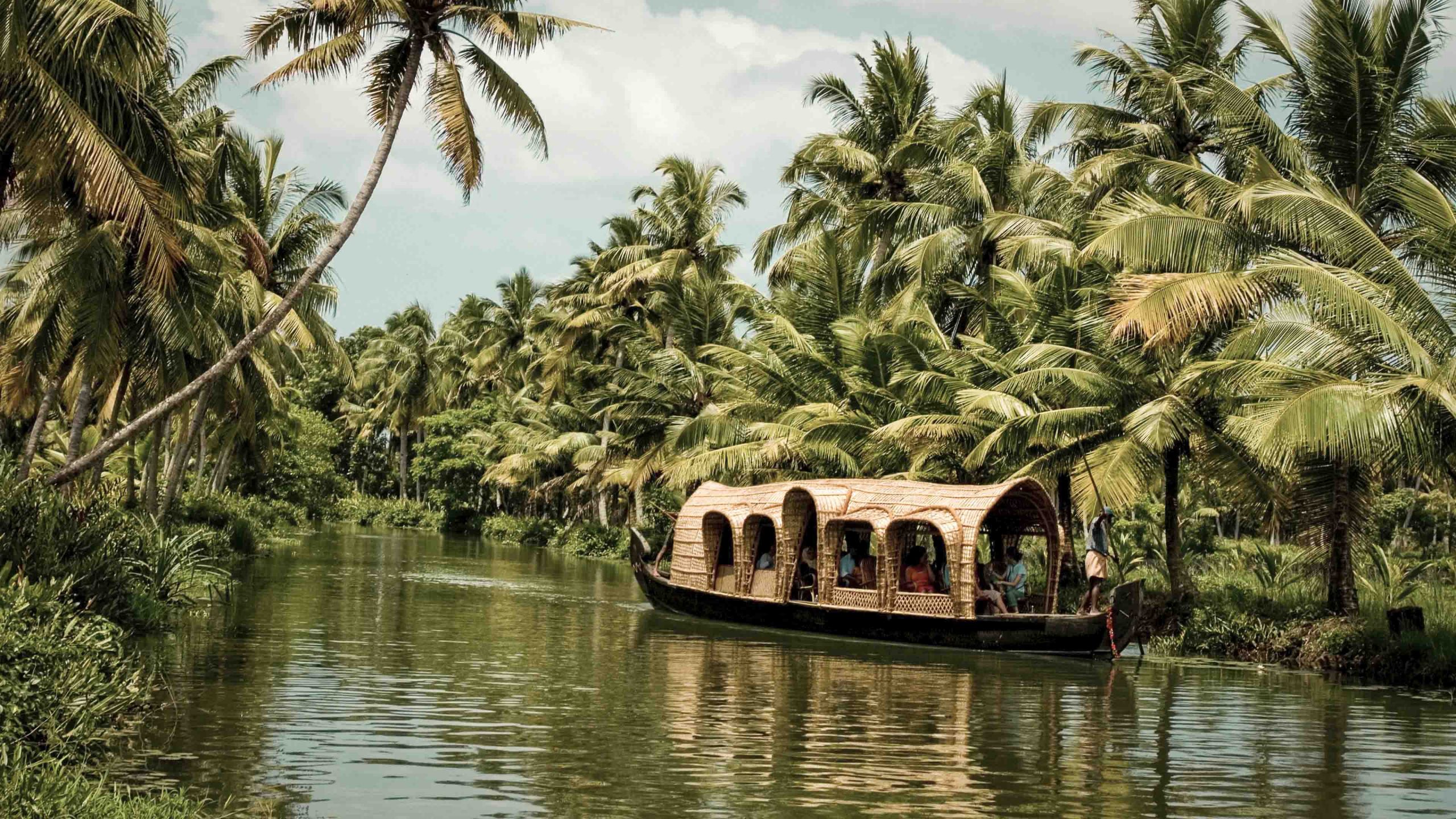
Photography Tour Kerala
Kerala Photo Tour-For Every Level Photography
Take a LookShutter Speed
Shutter speed is one of the three elements that determine a photo’s exposure and controls how sharp your photos are. Also, lets you introduce lots of interesting creative effects into your shots. Inside your camera there is a small flap called the shutter. When you take a photo, this opens and closes to let light reach the sensor, creating your image. Shutter speed describes how quickly or slowly the shutter opens and closes again. So a fast shutter speed means that the shutter is only open for a short period of time; a slow shutter speed means the shutter is open for longer. They are measured in seconds, or fractions of a second.
Aperture / Depth of Field
Aperture can be defined as the opening in a lens through which light passes to enter the camera. The size of this opening can be adjusted and the aperture size is measured in f-stops. The image on the right shows you exactly what the aperture on a lens looks like.
So when you change the f-stop value, you also change the size of the opening. The higher the f-stop, the smaller the opening.
Sensibility of Light or ISO
The ISO refers to how sensitive the digital sensor in your camera is to light. The lower the ISO number, the less sensitive it is to light. Setting a higher ISO number increases the sensitivity of your camera sensor to light. Most cameras have ISOs ranging from about 50 or 100 ISO right up to 16,000 ISO or higher. In analog photography the sensitive of Light is called ASA and is refers to sensibility to a film. Usually the most common are 160 and 400 ASA because better for expose at normal condition of day light.
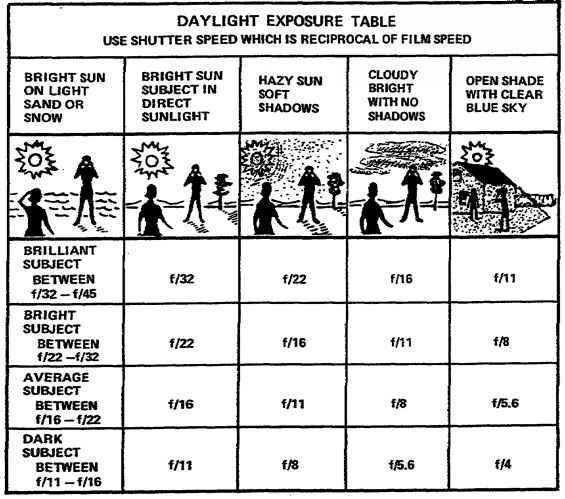
The Triangle of Exposure
Now that you understand what the three parameters that determine the exposure are, the time has come for you to understand that how they interact with each other. So to obtain correct exposure, a certain amount of light must reach the sensor for a certain time based on its sensitivity to light. At this point it is clear that the three factors can be combined with each other as long as the amount of light that reaches the sensor is the same.
Maybe is better to give you an examples to clarify this aspect. When you are in front of a scene to capture you can get it correctly exposed in various ways. If you increase the sensitivity of the sensor, thus making it more sensitive to light, you must use a faster shutter speed.
But what if you can’t use a faster shutter speed? Then you must necessarily change the aperture of the diaphragm by reducing its size in order to make the sensor get less light.
What if you are photographing a fast car that runs at 300km / h? You need to use a fast shutter speed, but this means you need to let a lot more light pass through the aperture. So you have to use a lower aperture number.
If you can’t open the diaphragm more, maybe because you’ve already reached the maximum aperture limit? Then you must necessarily increase the sensitivity of the sensor.
As you can see from these examples, you have no alternative: based on the available light, you can combine the various parameters with each other, but you cannot do everything you want.
This is the fundamental rule that is summarized by the exposure triangle. Below the illustration that can help you.
